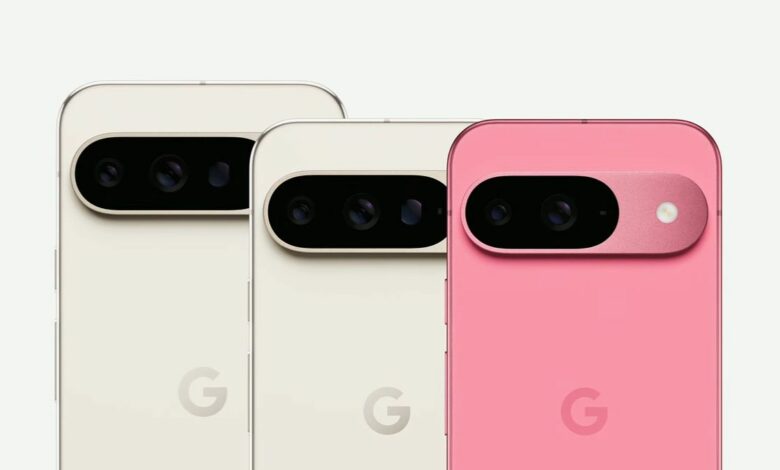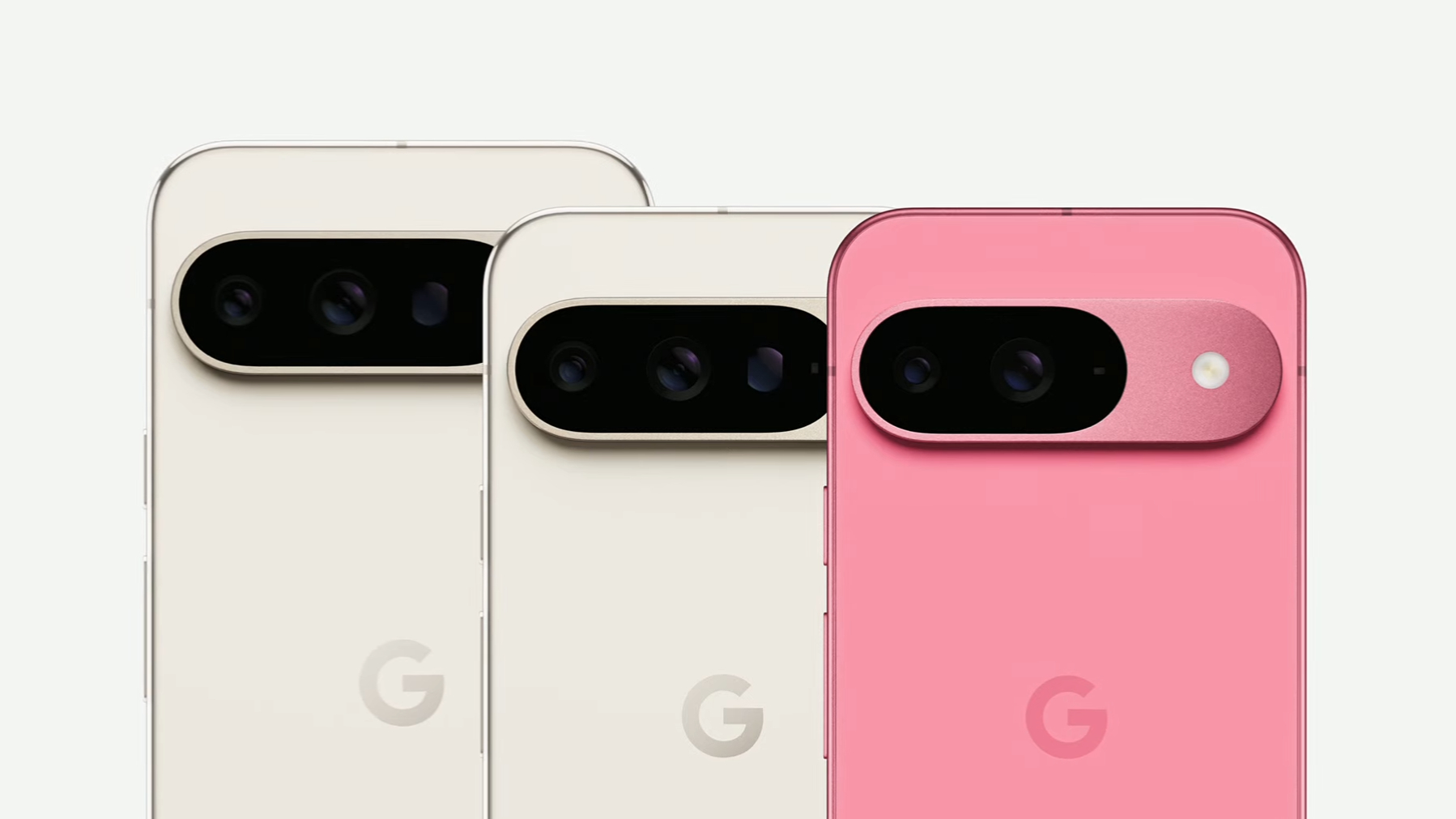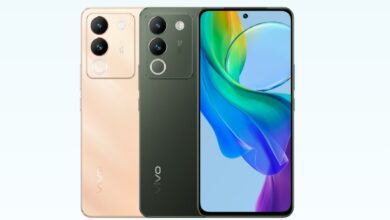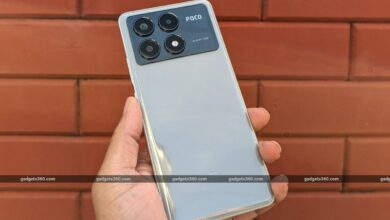Google’s new Pixel Screenshots takes an active (and safe) approach to organizing your digital life


During the recent Made by Google event, we got our first official look at many of the features coming to the Pixel 9 series, from Satellite SOS to Add Me. One of the standouts, however, was Pixel screenshotsan app that is supposed to help you “store, organize and retrieve information” collected on your smartphone.
To explain how it works, let’s say you want to update your wardrobe and find a nice pair of sneakers online. You take a screenshot of it and the app analyzes the image and places it in a digital library.
From there, you can add a note to it for future reminders or save the screenshot you just took to a collection. These groups appear on the home page of the Screenshots app for easy access.
How many forgotten screenshots do you have on your phone? 😬 Pixel Screenshots helps you save, organize, and retrieve them by analyzing photos to make them searchable. This feature works on #Pixel9 devices using Gemini Nano and Tensor G4. #MadeByGoogle pic.twitter.com/yXR4sRLTHmAugust 13, 2024
Robust organization
The app even has its own mini search engine to help you navigate the library. Gemini Nano is integrated into the software, allowing Screenshots to understand “complex searches.” In the live demoGoogle gives the example of a user typing “T-shirt price” and finding an image of a shirt with the price tag inside.
What’s great is that the app also saves the URL within an item, as there’s a Chrome link to the source website below the main image. No more having to keep the tab open forever.
Look further down and it appears that Gemini creates a short summary listing of a product. If it’s a shirt, the accompanying text tells you the name of the item, the brand, where it was printed, and, interestingly, a short description. It appears that users can also share these listings with others and set up notifications to view them later.
Analysis: Safety first
If this sounds familiar, that’s because Pixel Screenshots works in a similar way to the highly controversial Microsoft Recall . Think about it: you’re essentially feeding an AI a constant stream of screenshots that show your internet history. That might sound scary at first, but the two have one big difference.
Google’s technology doesn’t work and doesn’t automatically record. You have to manually give the app screenshots. It’s a simple change that goes a long way in protecting user privacy. You don’t have to worry about potential keylogging, which was a concern with Microsoft’s technology.
Pixel Screenshots is shaping up to be the next evolution of note-taking apps, offering an incredibly useful way to organize a messy web. Hopefully that means folders of images no longer have to be a total mess, thanks to Gemini doing all the work.
There’s still a lot we don’t know about the software, like what kind of security measures are on board. The Tensor G4 chipset likely has data protection on board, but how long are snapshots kept? Unlimited? Or do old photos get deleted after a while?
We’d also like to know if there are any plans to roll out Pixel Screenshots to older models. At the time of writing, it’s exclusive to the Pixel 9 series.
Be sure to check out TechRadar’s list of the seven most important things we saw and learned during Made by Google.




